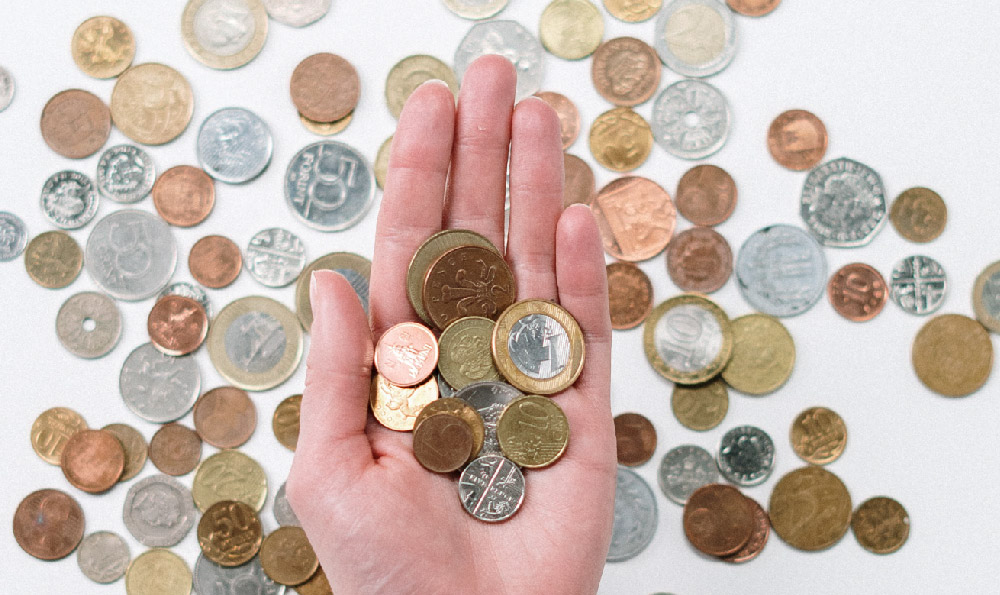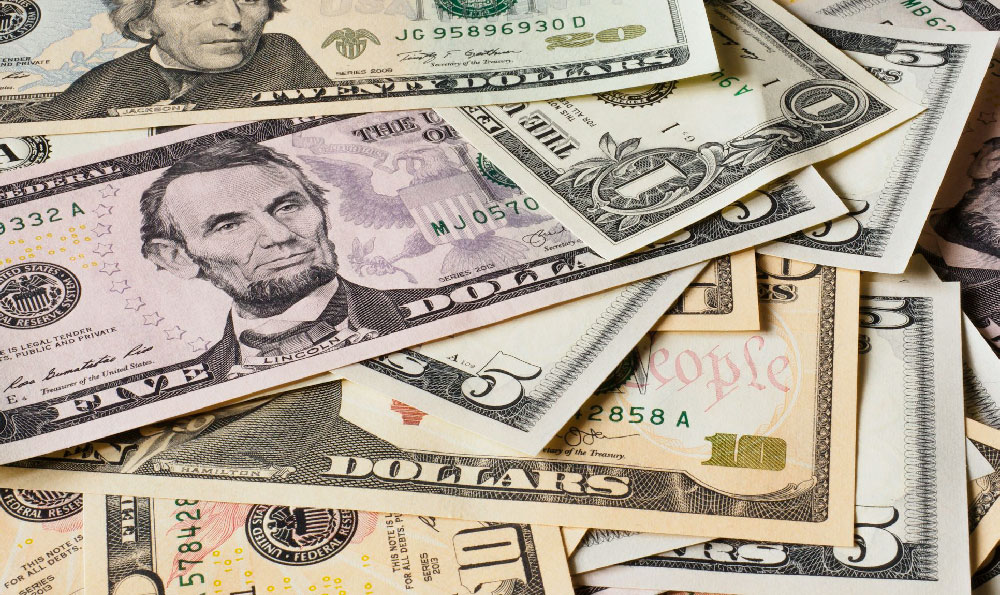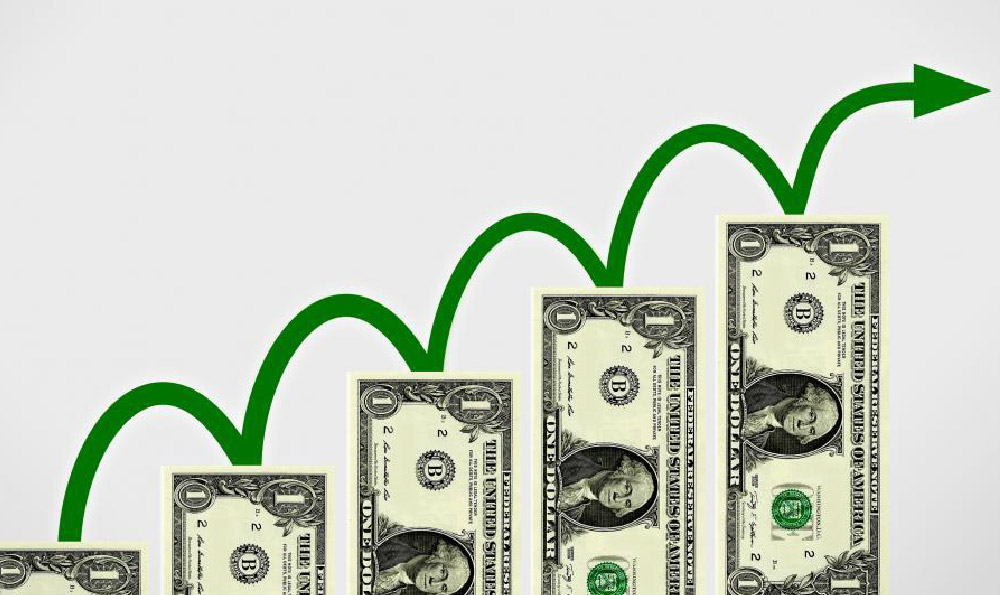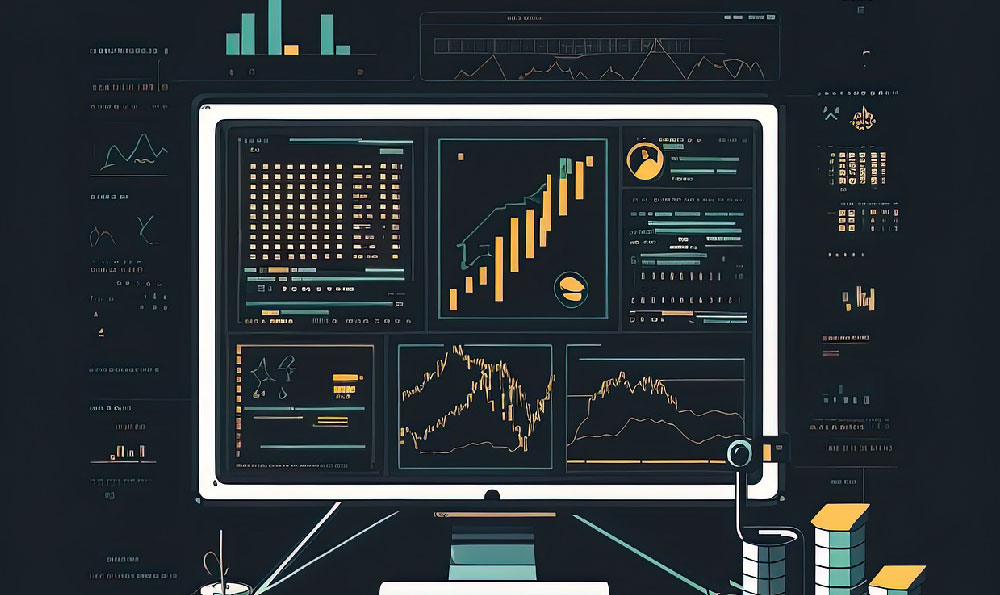How does Shazam generate revenue, and is it profitable?
Shazam, the music identification app owned by Apple, operates under a multifaceted revenue model. While it remains a popular tool for identifying songs, its path to consistent profitability has been complex and debated within the industry. Understanding how Shazam generates revenue requires looking at several key areas: referral fees, advertising, data licensing, and its integration within the Apple ecosystem. Evaluating its overall profitability, however, necessitates considering its operational costs and the strategic value it brings to Apple.
One of the primary sources of revenue for Shazam comes from referral fees. When a user identifies a song using Shazam and then clicks through to purchase or stream that song on a music platform like Apple Music, Spotify, or Deezer, Shazam earns a commission. This commission, typically a percentage of the sale or a flat fee per referral, is generated through affiliate marketing. Shazam acts as a bridge, connecting users with these streaming services and benefiting from the resulting transactions. The effectiveness of this model hinges on the volume of referrals Shazam generates, which is substantial given its massive user base. However, the specific percentage or fees vary depending on the agreements in place with each platform, and the overall contribution to profitability depends on maintaining a healthy referral conversion rate.
Advertising plays a more direct role in Shazam's revenue generation. While not as prevalent as in other apps, Shazam utilizes targeted advertising within its platform. For instance, after identifying a song, users may see advertisements promoting related artists, upcoming concerts, or relevant products. These advertisements can be banner ads, sponsored content, or even video ads. The revenue generated from advertising depends on factors like ad impressions, click-through rates, and the advertising rates Shazam can command, which are influenced by its user demographics and the potential reach it offers to advertisers. The challenge lies in balancing advertising revenue with the user experience, ensuring that ads are relevant and non-intrusive to avoid alienating users.

Another potential, although less publicly discussed, revenue stream for Shazam is data licensing. Shazam collects vast amounts of data on music trends, user preferences, and popular songs. This data, when aggregated and anonymized, can be valuable to music labels, artists, and marketing agencies. By licensing this data, Shazam can provide insights into what music is trending in different regions, which artists are gaining traction, and how user preferences are evolving. This type of market intelligence can inform strategic decisions related to music production, marketing campaigns, and artist development. The extent to which Shazam actively pursues this revenue stream and its specific contribution to overall profitability is often kept confidential.
The acquisition of Shazam by Apple in 2018 fundamentally altered its strategic positioning and revenue outlook. While Shazam still generates revenue independently through the aforementioned methods, its primary value to Apple extends beyond direct profitability. Apple has deeply integrated Shazam into its ecosystem, leveraging its technology to enhance the user experience across various Apple products and services. For example, Shazam functionality is built into Siri, allowing users to identify songs simply by asking their Apple devices. It's also integrated into the Control Center on iPhones and iPads, providing quick and easy access to music identification.
The integration of Shazam into Apple Music is particularly significant. By making it effortless for users to identify and add songs to their Apple Music libraries, Shazam drives engagement and subscriber growth for the streaming service. In this context, Shazam acts as a powerful customer acquisition tool for Apple Music, contributing indirectly to its revenue stream. The value of Shazam to Apple, therefore, extends beyond its own direct revenue generation.
Evaluating the profitability of Shazam is a complex undertaking, particularly after its acquisition by Apple. Apple does not typically break down the individual financial performance of its acquired companies, making it difficult to determine Shazam's specific revenue and expenses. While Shazam likely generates revenue from referral fees, advertising, and data licensing, these sources may not be sufficient to cover its operational costs, including infrastructure, personnel, and licensing fees.
However, when considering the strategic value of Shazam to Apple, the picture becomes clearer. Shazam enhances the overall Apple ecosystem, driving engagement and subscriber growth for Apple Music and improving the user experience across various Apple devices. From Apple's perspective, the value of Shazam lies not solely in its direct profitability but in its contribution to the overall success of Apple's products and services. Therefore, while Shazam may not be explicitly profitable as a standalone entity, its strategic value to Apple is undeniable. It's a valuable tool for attracting and retaining customers, strengthening Apple's position in the music industry, and enhancing its brand image as an innovator in technology and entertainment. Its existence within Apple is less about directly making money and more about enhancing the value of the services that already make money. This shift in focus makes pinpointing profitability using standard metrics almost impossible, as the value is distributed across multiple revenue streams within the larger Apple financial picture.














